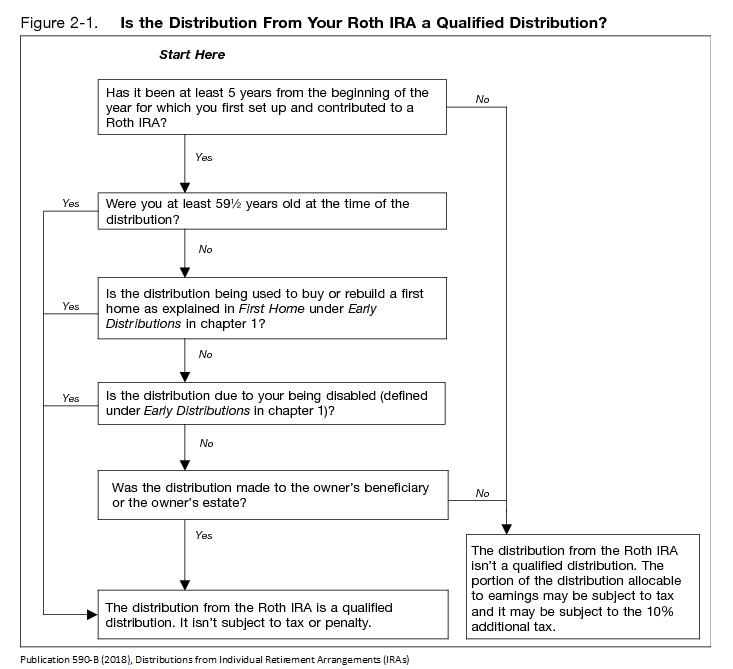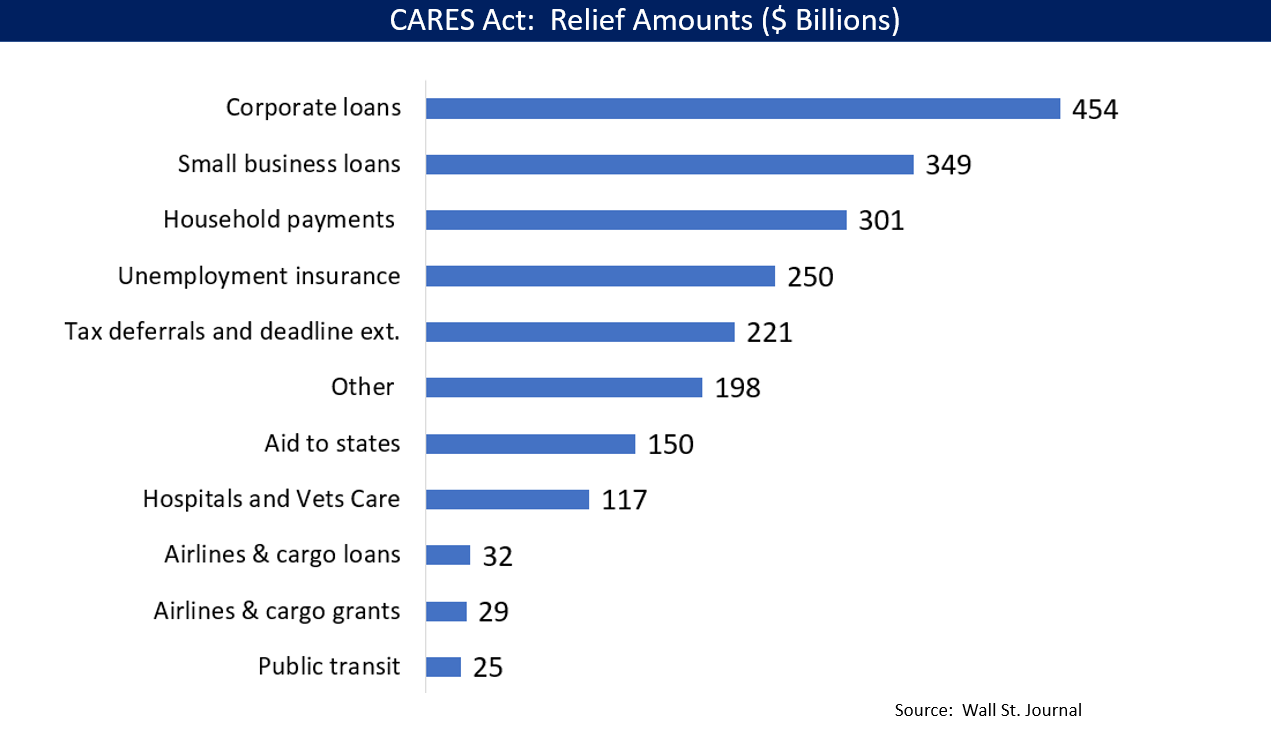|
401(k)
In the United States, a 401(k) plan is an employer-sponsored, defined-contribution, personal pension (savings) account, as defined in subsection 401(k) of the U.S. Internal Revenue Code. Periodic employee contributions come directly out of their paychecks, and may be matched by the employer. This pre-tax option is what makes 401(k) plans attractive to employees, and many employers offer this option to their (full-time) workers. 401(k) payable is a general ledger account that contains the amount of 401(k) plan pension payments that an employer has an obligation to remit to a pension plan administrator. This account is classified as a payroll liability, since the amount owed should be paid within one year. There are two types: traditional and Roth 401(k). For Roth accounts, contributions and withdrawals have no impact on income tax. For traditional accounts, contributions may be deducted from taxable income and withdrawals are added to taxable income. There are limits to contribut ... [...More Info...] [...Related Items...] OR: [Wikipedia] [Google] [Baidu] |
Roth 401(k)
The Roth 401(k) is a type of retirement savings plan. It was authorized by the United States Congress under the Internal Revenue Code, section 402A, and represents a unique combination of features of the Roth IRA and a traditional 401(k) plan. Since January 1, 2006, U.S. employers have been allowed to amend their 401(k) plan document to allow employees to elect Roth IRA type tax treatment for a portion or all of their retirement plan contributions. The same change in law allowed Roth IRA type contributions to 403(b) retirement plans. The Roth retirement plan provision was enacted as a provision of the Economic Growth and Tax Relief Reconciliation Act of 2001 (EGTRRA 2001). Traditional 401(k) plan In a 401(k), traditional 401(k) plan, introduced by Congress in 1978, employees contribute pre-tax earnings to their retirement plan, also called "elective deferrals". That is, an employee's elective deferral funds are set aside by the employer in a special Personal account, account where t ... [...More Info...] [...Related Items...] OR: [Wikipedia] [Google] [Baidu] |
Employer Matching Program
In the United States, an employer matching program is an employer's potential payment to their 401(k) plan that depends on participating employees' contribution to the plan. Background An employee's 401(k) plan is a retirement savings plan. The option of an employer matching program varies from company to company. It is not mandatory for a company to offer a contribution to their 401(k) plans. Contributions may benefit the company in various ways: as an employee benefit to attract and retain employees, as a business tax deduction, or as a safe harbor contribution to automatically pass certain annual testing of the plan required by the IRS and Department of Labor or to fulfill the plan's top-heavy provisions. Many companies add to an employee's charity contribution. Through a corporate matching gift program, a company can double or even triple an employee's contribution toward a charity. This should not be confused with an employer matching program. "100% of the first 6%" A ... [...More Info...] [...Related Items...] OR: [Wikipedia] [Google] [Baidu] |
Employer Matching Contribution
In the United States, an employer matching program is an employer's potential payment to their 401(k) plan that depends on participating employees' contribution to the plan. Background An employee's 401(k) plan is a retirement savings plan. The option of an employer matching program varies from company to company. It is not mandatory for a company to offer a contribution to their 401(k) plans. Contributions may benefit the company in various ways: as an employee benefit to attract and retain employees, as a business tax deduction, or as a safe harbor contribution to automatically pass certain annual testing of the plan required by the IRS and Department of Labor or to fulfill the plan's top-heavy provisions. Many companies add to an employee's charity contribution. Through a corporate matching gift program, a company can double or even triple an employee's contribution toward a charity. This should not be confused with an employer matching program. "100% of the first 6%" As ... [...More Info...] [...Related Items...] OR: [Wikipedia] [Google] [Baidu] |
457 Plan
The 457 plan is a type of nonqualified, tax advantaged deferred-compensation retirement plan that is available for governmental and certain nongovernmental employers in the United States. The employer provides the plan and the employee defers compensation into it on a pretax or after-tax (Roth) basis. For the most part, the plan operates similarly to a 401(k) or 403(b) plan with which most people in the US are familiar. The key difference is that unlike with a 401(k) plan, it has no 10% penalty for withdrawal before the age of 55 (59 years, 6 months for IRA accounts) (although the withdrawal is subject to ordinary income taxation). These 457 plans (both governmental and nongovernmental) can also allow independent contractors to participate in the plan, where 401(k) and 403(b) plans cannot. Changes with EGTRRA 2001 The Economic Growth and Tax Relief Reconciliation Act of 2001 (EGTRRA) made a number of changes in how governmental 457 plans are treated, the most notable of which i ... [...More Info...] [...Related Items...] OR: [Wikipedia] [Google] [Baidu] |
Individual Retirement Account
An individual retirement account (IRA) in the United States is a form of pension provided by many financial institutions that provides tax advantages for retirement savings. It is a trust that holds investment assets purchased with a taxpayer's earned income for the taxpayer's eventual benefit in old age. An individual retirement account is a type of individual retirement arrangement as described in IRS Publication 590, ''Individual Retirement Arrangements (IRAs)''. Other arrangements include individual retirement annuities and employer-established benefit trusts. Types There are several types of IRAs: * Traditional IRA – Contributions are mostly tax-deductible (often simplified as "money is deposited before tax" or "contributions are made with pre-tax assets"), no transactions within the IRA are taxed, and withdrawals in retirement are taxed as income (except for those portions of the withdrawal corresponding to contributions that were not deducted). Depending upon the nature ... [...More Info...] [...Related Items...] OR: [Wikipedia] [Google] [Baidu] |
Roth IRA
A Roth IRA is an individual retirement account (IRA) under United States law that is generally not Taxation in the United States, taxed upon distribution, provided certain conditions are met. The principal difference between Roth IRAs and most other tax-advantaged retirement plans is that rather than granting an income tax reduction for contributions to the retirement plan, qualified withdrawals from the Roth IRA plan are tax-free, and growth in the account is tax-free. The Roth IRA was introduced as part of the Taxpayer Relief Act of 1997 and is named for Senator William Roth. Overview A Roth IRA can be an individual retirement account containing investments in securities, usually common stock, common stocks and bond (finance), bonds, often through mutual fund, mutual funds (although other investments, including derivatives, notes, Certificate of deposit, certificates of deposit, and real estate are possible). A Roth IRA can also be an individual retirement Annuity (US financial p ... [...More Info...] [...Related Items...] OR: [Wikipedia] [Google] [Baidu] |
Pension
A pension (; ) is a fund into which amounts are paid regularly during an individual's working career, and from which periodic payments are made to support the person's retirement from work. A pension may be either a " defined benefit plan", where defined periodic payments are made in retirement and the sponsor of the scheme (e.g. the employer) must make further payments into the fund if necessary to support these defined retirement payments, or a " defined contribution plan", under which defined amounts are paid in during working life, and the retirement payments are whatever can be afforded from the fund. Pensions should not be confused with severance pay; the former is usually paid in regular amounts for life after retirement, while the latter is typically paid as a fixed amount after involuntary termination of employment before retirement. The terms " retirement plan" and " superannuation" tend to refer to a pension granted upon retirement of the individual; the terminolog ... [...More Info...] [...Related Items...] OR: [Wikipedia] [Google] [Baidu] |
Defined Contribution
A defined contribution (DC) plan is a type of retirement plan in which the employer, employee or both make contributions on a regular basis. Individual accounts are set up for participants and benefits are based on the amounts credited to these accounts (through employee contributions and, if applicable, employer contributions) plus any investment earnings on the money in the account. In defined contribution plans, future benefits fluctuate on the basis of investment earnings. The most common type of defined contribution plan is a savings and thrift plan. Under this type of plan, the employee contributes a predetermined portion of his or her earnings (usually pretax) to an individual account, all or part of which is Employer matching program, matched by the employer. In the United States, specifies a defined contribution plan as a "plan which provides for an individual account for each participant and for benefits based solely on the amount contributed to the participant's accoun ... [...More Info...] [...Related Items...] OR: [Wikipedia] [Google] [Baidu] |
CARES Act
The Coronavirus Aid, Relief, and Economic Security Act, also known as the CARES Act, is a $2.2trillion Stimulus (economics), economic stimulus bill passed by the 116th U.S. Congress and signed into law by President Donald Trump on March 27, 2020, in response to the economic fallout of the COVID-19 pandemic in the United States. The spending primarily includes $300billion in one-time cash payments to individual people who submit a tax return in America (with most single adults receiving $1,200 and families with children receiving more), $260billion in increased unemployment benefits, the creation of the Paycheck Protection Program that provides forgivable loans to small businesses with an initial $350billion in funding (later increased to $669billion by subsequent legislation), $500billion in loans for corporations, and $339.8 billion to state and local governments. The original CARES Act proposal included $500billion in direct payments to Americans, $208billion i ... [...More Info...] [...Related Items...] OR: [Wikipedia] [Google] [Baidu] |
Internal Revenue Code
The Internal Revenue Code of 1986 (IRC), is the domestic portion of federal statutory tax law in the United States. It is codified in statute as Title 26 of the United States Code. The IRC is organized topically into subtitles and sections, covering federal income tax in the United States, payroll taxes, estate taxes, gift taxes, and excise taxes; as well as procedure and administration. The Code's implementing federal agency is the Internal Revenue Service. Origins of tax codes in the United States Prior to 1874, U.S. statutes (whether in tax law or other subjects) were not codified. That is, the acts of Congress were not organized and published in separate volumes based on the subject matter (such as taxation, bankruptcy, etc.). Codifications of statutes, including tax statutes, undertaken in 1873 resulted in the Revised Statutes of the United States, approved June 22, 1874, effective for the laws in force as of December 1, 1873. Title 35 of the Revised Statutes was ... [...More Info...] [...Related Items...] OR: [Wikipedia] [Google] [Baidu] |
Pension Protection Act Of 2006
The Pension Protection Act of 2006 (), 120 Stat. 780, was signed into law by U.S. President George W. Bush on August 17, 2006. Pension reform This legislation requires companies who have underfunded their pension plans to pay higher premiums to the Pension Benefit Guaranty Corporation (PBGC) and extends the requirement of providing extra funding to the pension systems of companies that terminate their pension plans. It also requires companies to analyze their pension plans' obligations more accurately, closes loopholes that previously allowed some companies to underfund their plans by skipping payments, and raises the cap on the amount employers are allowed to invest in their own plans. This will allow employers to deduct more money using the pension tax shield in times of high profits. It requires actuaries to use the equivalent of the projected accrued benefit cost method for determining annual normal cost. Other elements: * Provides statutory authority for employers to ... [...More Info...] [...Related Items...] OR: [Wikipedia] [Google] [Baidu] |


